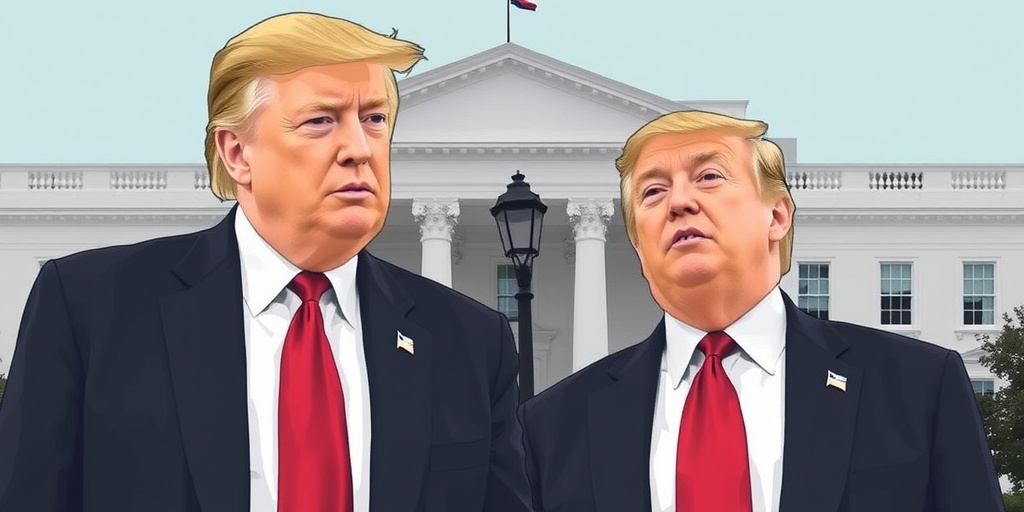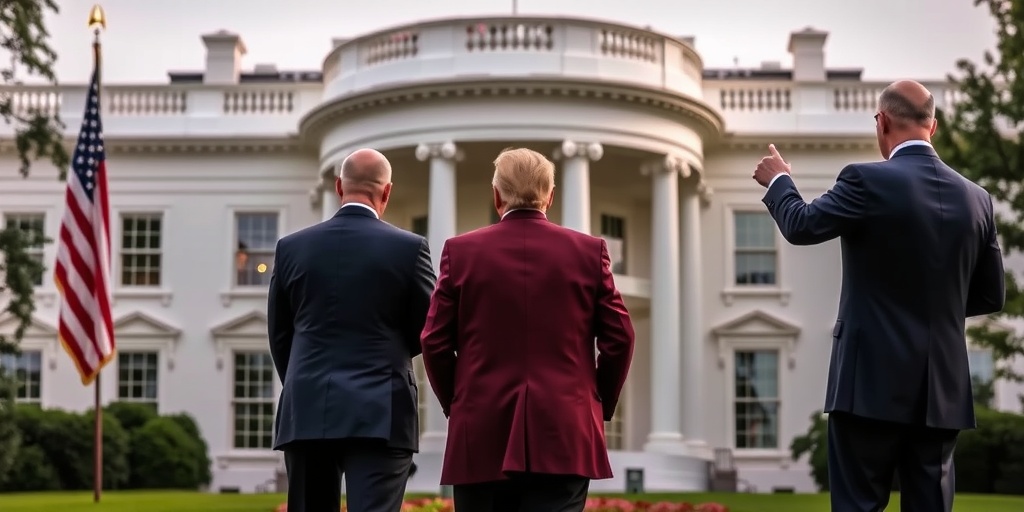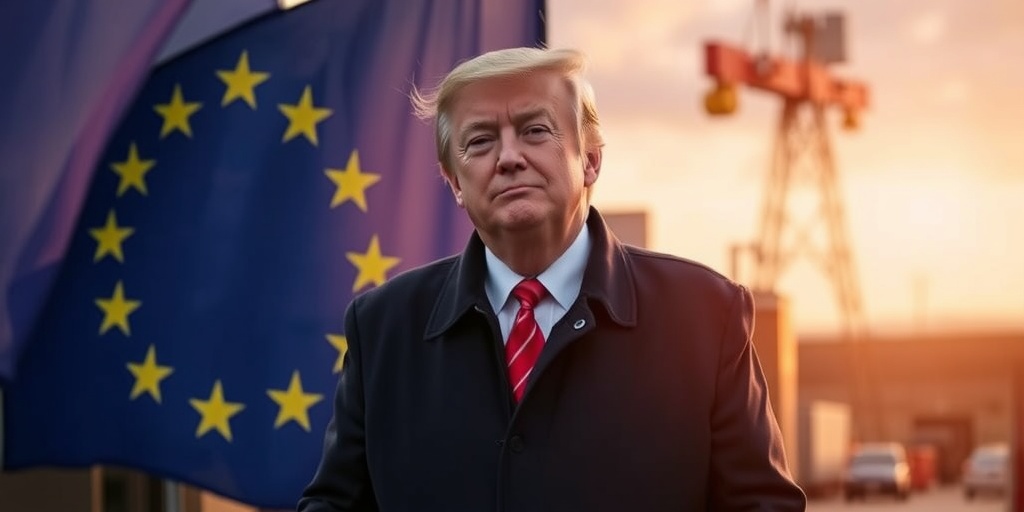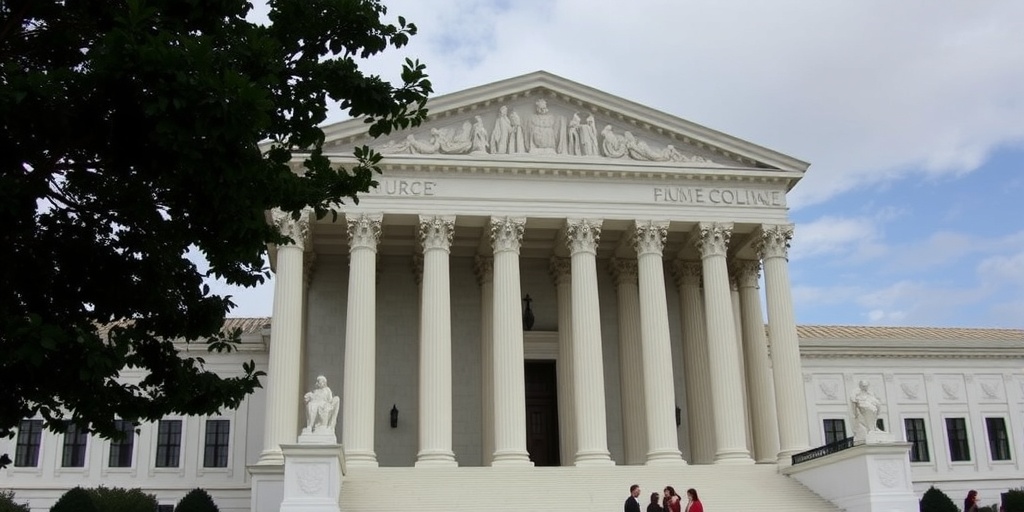Now Reading: Trump Claims Global Trade is Unfair: Is There Truth to His Statement?
-
01
Trump Claims Global Trade is Unfair: Is There Truth to His Statement?
Trump Claims Global Trade is Unfair: Is There Truth to His Statement?
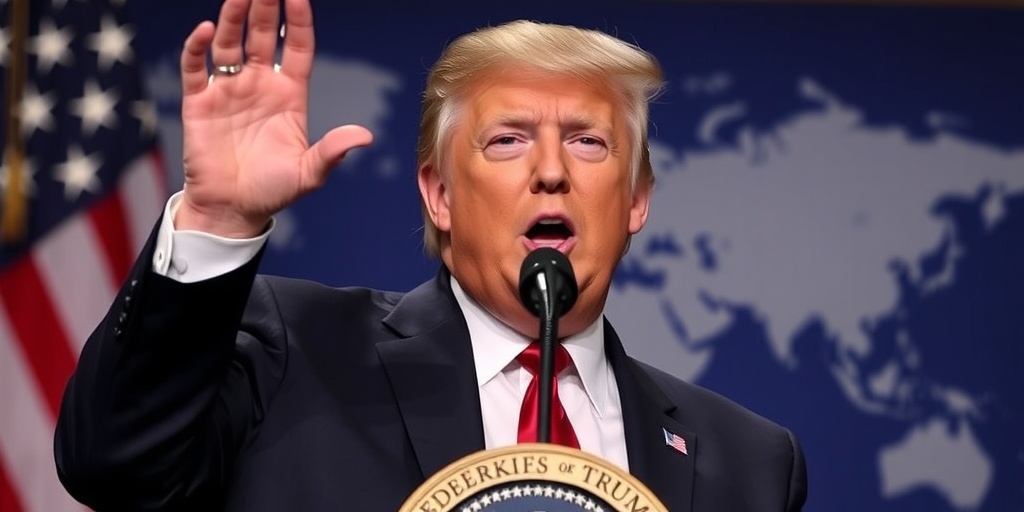
Trump’s Trade Policy: A Double-Edged Sword
President Trump has long maintained that America’s trading partners have exploited the United States for decades, asserting that they have engaged in unfair trade practices that siphon American wealth while bolstering their own economies. With a particular focus on countries like China, as well as traditional allies such as Canada and various European nations, Trump has emphasized high tariffs on U.S. exports and the persistent trade deficits that characterize America’s trade relationships with these nations. He has vowed to address these disparities, planning to announce expansive tariffs on foreign products that he believes will create a more equitable trade landscape.
The president’s assertions contain elements of truth; indeed, there are cases where the United States has provided more favorable trade terms to its partners compared to what it receives in return. As a longstanding advocate for free markets, the United States has historically maintained a more open trading environment than many other countries, leading to a heavy reliance on imports for crucial goods, including semiconductors and pharmaceuticals. Countries such as China have imposed significant trade barriers that hinder U.S. exports and disrupt global market dynamics, resulting in U.S. manufacturers facing competition from imported goods that are often cheaper due to unfair subsidies.
Nevertheless, trade experts caution that Trump’s claims are frequently exaggerated and occasionally hypocritical. He has pointed to high tariff rates imposed by various countries, such as Europe’s tax on imported cars and India’s fees on motorcycles. However, the United States also levies significant tariffs on certain imports, such as a 25 percent tariff on light trucks. Critics argue that lumping countries like Canada, which impose some limits on U.S. exports, alongside nations like China, which impose much higher and broader trade barriers, oversimplifies the complexity of global trade relations.
The recently implemented tariffs have raised the bar for trade barriers significantly, potentially surpassing those imposed by other nations. Reports from The New York Times indicate that tariffs introduced during Trump’s administration have more than tripled the estimated costs that importers face to bring products into the United States compared to the previous year. These changes come in tandem with additional reciprocal tariffs and levies on foreign automobiles set to take effect shortly.
In his first term, the tariffs applied to foreign metals, as well as products from China, effectively doubled U.S. tariffs, albeit over a two-year period. Recently, Trump has dismissed any concerns regarding his approach, describing his plan to impose reciprocal tariffs as “Liberation Day,” suggesting that the U.S. should mirror the tariffs from other nations while portraying the U.S. stance as more favorable.
Despite Trump’s claims of unfair trade practices, experts like William Reinsch from the Center for Strategic and International Studies argue that his narrative is oversimplified. Reinsch contends that the notion that the U.S. granted a gift of open markets to the world after World War II, only to find itself in a disadvantageous position now, is both historically and factually incorrect. He emphasizes that the perceived unfairness highlighted by Trump does not accurately represent the broader context of global trade.
On average, U.S. tariffs are lower compared to many countries but are in line with other wealthy nations that maintain low barriers to imports. According to data from the World Trade Organization, the United States had a trade-weighted average tariff rate of 2.2 percent in 2023, compared to 2.7 percent for the European Union, 1.9 percent in Japan, and 3.4 percent for Canada, among others.
Economists point out that the current U.S. tariff structure varies considerably across specific products, with the U.S. imposing tariffs on approximately 13,000 foreign products. The differing rates stem from negotiations conducted between countries at the World Trade Organization and its predecessor, leading to discrepancies based on each nation’s unique trade priorities.
Most governments impose higher tariffs on goods that they produce domestically and wish to protect, while lowering tariffs on products they do not manufacture and aim to import. This fundamental economic principle raises questions about the logic behind Trump’s suggestion that the U.S. should simply match higher tariffs set by other nations.
The current administration’s focus on tariffs, particularly targeting China, is supported by many trade analysts who agree that China has employed subsidies and other economic tactics to gain a competitive edge, leading to a substantial trade surplus. Nonetheless, critics argue that Trump has misdirected his tariffs toward allies rather than collaborating with them to exert pressure on China to change its practices.
In conclusion, Trump’s tariffs are a complex issue comprising both valid concerns about trade imbalances and issues of overstatement and misdirection. As the administration continues to navigate the intricacies of trade policy, the ramifications of these tariffs will echo through global trade dynamics for years to come.
Stay Informed With the Latest & Most Important News
Previous Post
Next Post
-
 01New technology breakthrough has everyone talking right now
01New technology breakthrough has everyone talking right now -
 02Unbelievable life hack everyone needs to try today
02Unbelievable life hack everyone needs to try today -
 03Fascinating discovery found buried deep beneath the ocean
03Fascinating discovery found buried deep beneath the ocean -
 04Man invents genius device that solves everyday problems
04Man invents genius device that solves everyday problems -
 05Shocking discovery that changes what we know forever
05Shocking discovery that changes what we know forever -
 06Internet goes wild over celebrity’s unexpected fashion choice
06Internet goes wild over celebrity’s unexpected fashion choice -
 07Rare animal sighting stuns scientists and wildlife lovers
07Rare animal sighting stuns scientists and wildlife lovers














